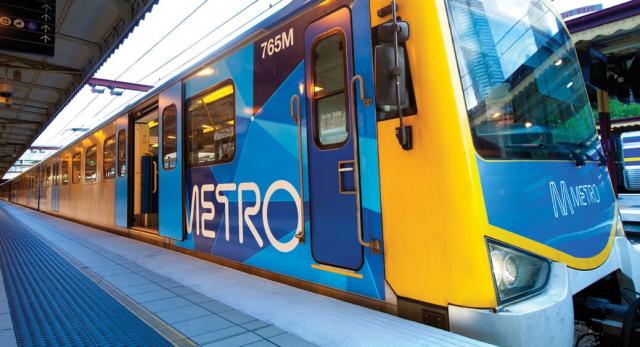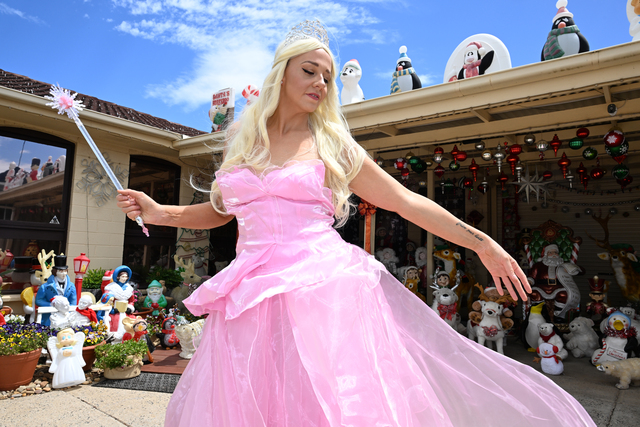By Priscilla Moca
A disturbing glimpse into the private rental market reveals young people relying on income support cannot afford to rent in the north-west.
The release of rental affordability statistics comes as the number of people on the public housing waiting list in Melton and Brimbank tops 3500.
Affordability data released by Anglicare Victoria looked at 424 Melton properties advertised for rent on April 5.
Of these properties, 53 per cent (225) were deemed affordable for a couple on the minimum wage with two children. This dropped to 14 per cent (58) for a single person on the minimum wage with two children.
Just 10 properties (2 per cent) were affordable for a couple on income support with two children. For individuals on income allowance, no properties were suitable.
Principal researcher Tatiana Corrales said the figures highlighted young people’s exclusion from the private rental market.
“There’s a lot [of housing] appropriate for their situation, but none affordable,” Dr Corrales said.
The data showed Melton was one of the few outer-suburban regions with affordable housing for low-income couples with children.
Dr Corrales urged the state government to focus on improving infrastructure in urban-fringe areas.
“People are migrating out, and the lack of infrastructure makes employment and education opportunities a little harder,” she said. “Although people may be able to find affordable property, their ability to gain employment or education may easily be impacted.”
People in need of social housing are also suffering. A total of 3613 people in Brimbank and Melton were on the public housing waiting list in March this year, up 4.5 per cent from December last year. In the Central Highlands region, including Moorabool, 860 people were on the list, an increase of 9.5 per cent.
Melton Labor MP Don Nardella said vulnerable families on the brink of homelessness were being locked out.
“The government has made it harder to apply and stay in housing, and has reduced the amount of public housing available,” he said. “More women and children … are without accommodation and living in danger.”
Housing Minister Wendy Lovell’s spokeswoman said a drop in spending was largely attributed to the drying up of federal funding. ‘‘Construction of properties continues,’’ she said. ‘‘Since November 2010, the Victorian government has acquired 6800 social housing properties.’’






